Jan Sevilla, the quixotic nomadic chic who curates travel murmurs at flyingbaguette.com, recounts her journey to Surin in Thailand
It is in Surin, that raw idyllic stretch about 4km of imperceptibly inhabited coastline on the west coast of Phuket, where nature triumphs over man’s ego.
On its powdery shore, swaths of palm trees stand dignified. Others are inclined irregularly, reaching out to the turquoise sea as though some of them were craning their necks trying to catch a better angle of the sun, while their roots hug the empty white sand beaches below.
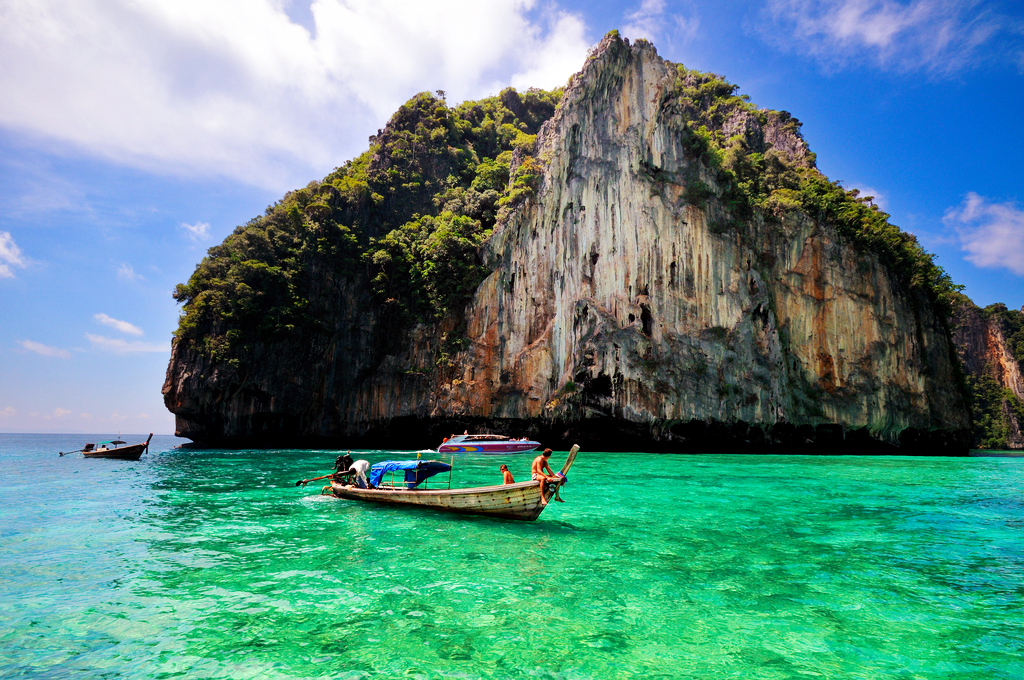
Then there is the gentle lapping, slapping, silk-like murmur of the waves and sometimes, crashing as if having a tantrum. Come night time, the tarry blackness, often thick and heavy, swaddles you. The big dipper glows faintly on the horizon as the sound of the crickets drown the evening away.
Setting foot on the unpretentious Pansea Beach tucked away between the hilly terrains of Surin and the lush vegetation surrounding the hidden enclave, it becomes instantly clear that for once, it’s the isolation that matters here, not the destination.
In a quest for temporary escape from urbanity and finding an antidote to the chaos of city life, I came to this quieter side of Phuket. While the rest of island, its paradise beaches sag with the sheer number of tourists arriving, Surin remains unspoiled and has an image akin to that of a little shy sister that hadn’t been invited to the dance. Perhaps it’s that quality that makes Surin’s coastline, if not idyllic, a peaceful retreat.
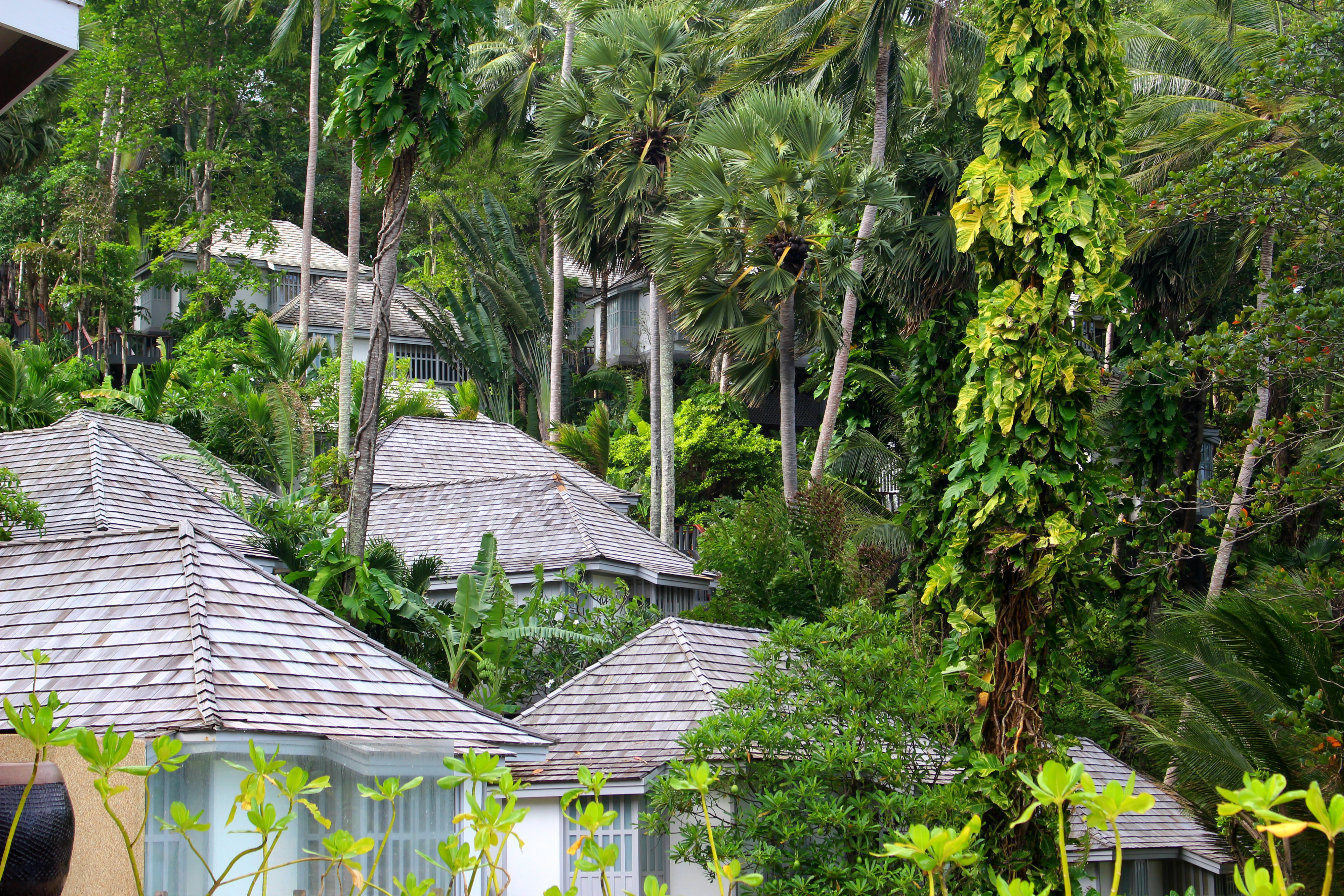
In one of the cozy 102 cottages of The Surin Phuket, an island hotel in Pansea Beach, I found my temporary tropical cocoon. Unlike most resorts on the island that are often chocked with elbow-to-elbow sun beds and sunloungers, there seems to be a sense of space here. And it’s the very same element seen in each private cottage that spreads out across the flourishing hillside at various altitudes – all facing the magnificent vista of the Andaman Sea.
A series of staircases and walkways link the cottages to a giant pavilion that serves as the center of activity for the hotel, as well as leading you down to the huge hexagonal swimming pool and the awaiting beach just a few footsteps away. That afternoon, the blazing sun refused to show up.
A brewing storm loomed framing the horizon with dark low lying clouds. It’s been said that you can feel Phuket’s vibe before you see it – that its aura somehow possesses the sky. Just like watching the coming storm, one can certainly feel its presence even before it pours. But the daily rituals of living doesn’t halt when it’s raining; any visitor seduced by the island’s beauty and languor, is tempted to create the idea of their own paradise.
Life on the island offers a different kind of consuming solace. In his 1996, travel novel “The Beach”, English author Alex Garland wrote:
“You fish, swim, eat, laze around and everyone’s so friendly. It’s such simple stuff, but… If I could stop the world and restart life, put the clock back, I think I’d restart it like this.”
Travelers who have gone to Phuket may feel the sentiment of Garland’s words – of shedding one’s clothes, frolicking in the water, eating barbequed fish with a beer and feeling at home in the tropics.
As commercialism and consumerism grew over the years, more and more establishments have competed for space on Phuket’s hilly countryside. From big hotel brands to hostels and inns, high end condominiums that sit on the cliff as well as private-operated mega construction projects; and like most of everything Thailand is known for – vibrant restaurants, souvenir shops, massage parlors and night clubs.
The tourism further flourished when Garland’s novel later adapted into a film bearing the same title that starred Leonardo DiCaprio looking for an escape in the island. It didn’t take long for the millions of sun worshippers to flock to Phuket in search for their own “The Beach” experience. As a result, many discerning travelers have made Phuket synonymous to Majorca and Benidorm and had been easily associated with low-end tourism.
Even more so, Phuket has a long history of playing host to foreigners. Back in the earlier days, explorers navigated within its pristine waters discovering the island’s rich natural resources. Merchants and traders from China, Persia, Sri Lanka and Portugal later on joined the maritime expedition vying for their share of pearls, ornaments, ivories and timber.
When tin mining boomed during the 16th century, with the mineral yielding a high value at that time, the Dutch hastily made their way to the island. The French too and so did the British led by Captain Francis Light on a mission to find possibilities of controlling the sea route of the Malacca straits using Phuket as a maritime base. Captain Light became the founder of the British colony (1786) of Penang, an island in Malaysia about 700 miles away to the south of Phuket.
In 1985, the mining industry of Phuket declined, when the value of tin ore fell by almost half. The mineral deposits gradually decreased after many centuries of exploitation affecting the island’s economic progress. With the island’s depleting resources, Phuket, endowed with beautiful landscape and beaches, turned to tourism as its main lifeblood to a sustaining economic future, of which we are presently seeing.
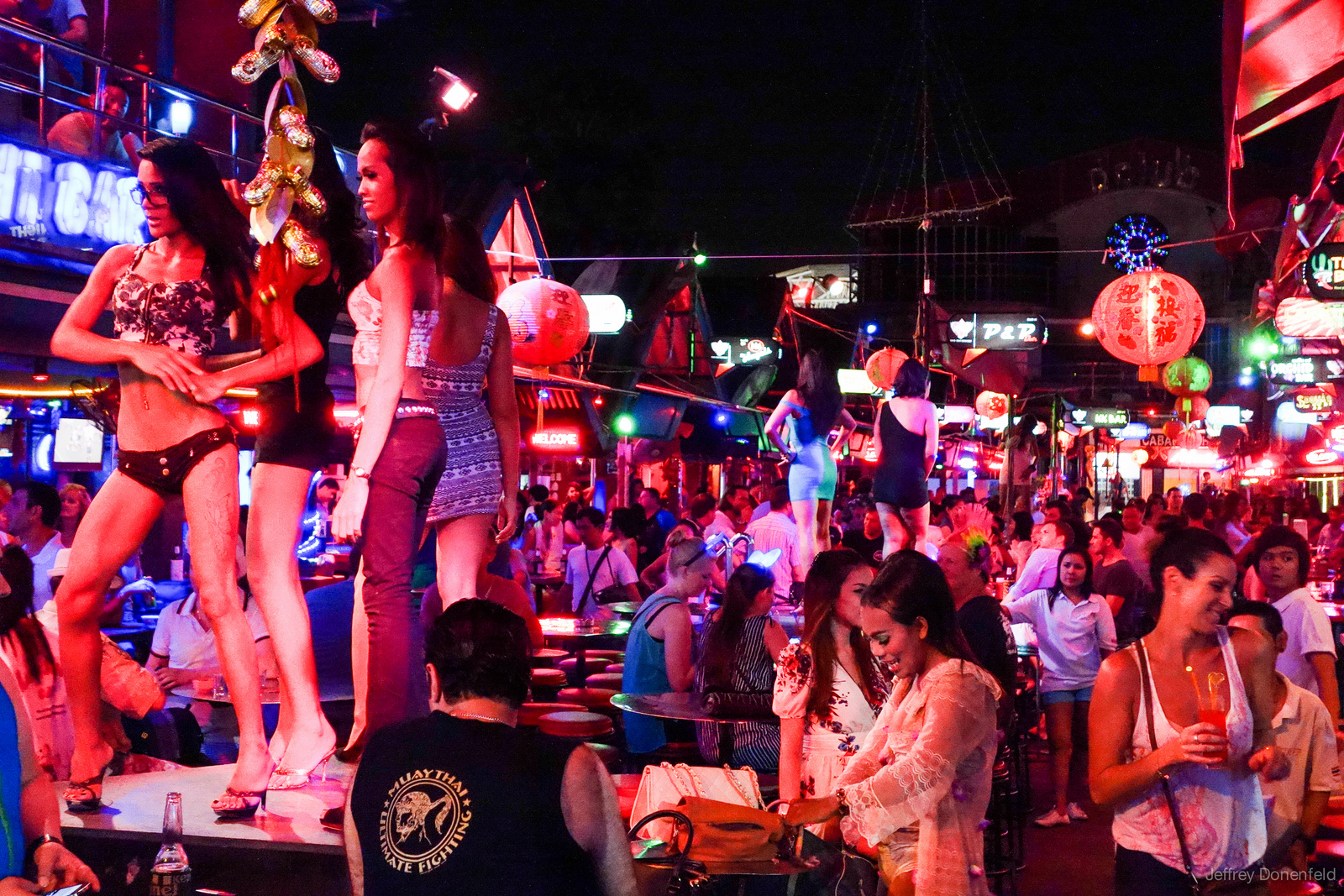
Taking a stroll on the sandy, crescent-shape beach of Patong one night, I noticed all forms and kinds of tourism flashing before my eyes. The raucous nightlife atmosphere under flickering neon lights of go-go bars, ubiquitous pubs, dubious spas and ladyboy cabarets could easily catapult one out of its comfort zone. Yet it fuels the economy and money seemed to keep pouring in endlessly just like the many empty beer mugs in Paradise complex that constantly needed to be filled.
Then there is the softer visage of the island, Phuket Town which is more subdued and old fashioned. The colonial dwellings of old Chinese shophouses are quite the anti-thesis of Patong’s party extravaganza and a reminder of a bygone era (those who came to the island as laborers during the mining boom) and the cultural influence that remains ever-present in the island’s cuisine, architecture as well the province with the highest percentage of ethnic Chinese in the country.
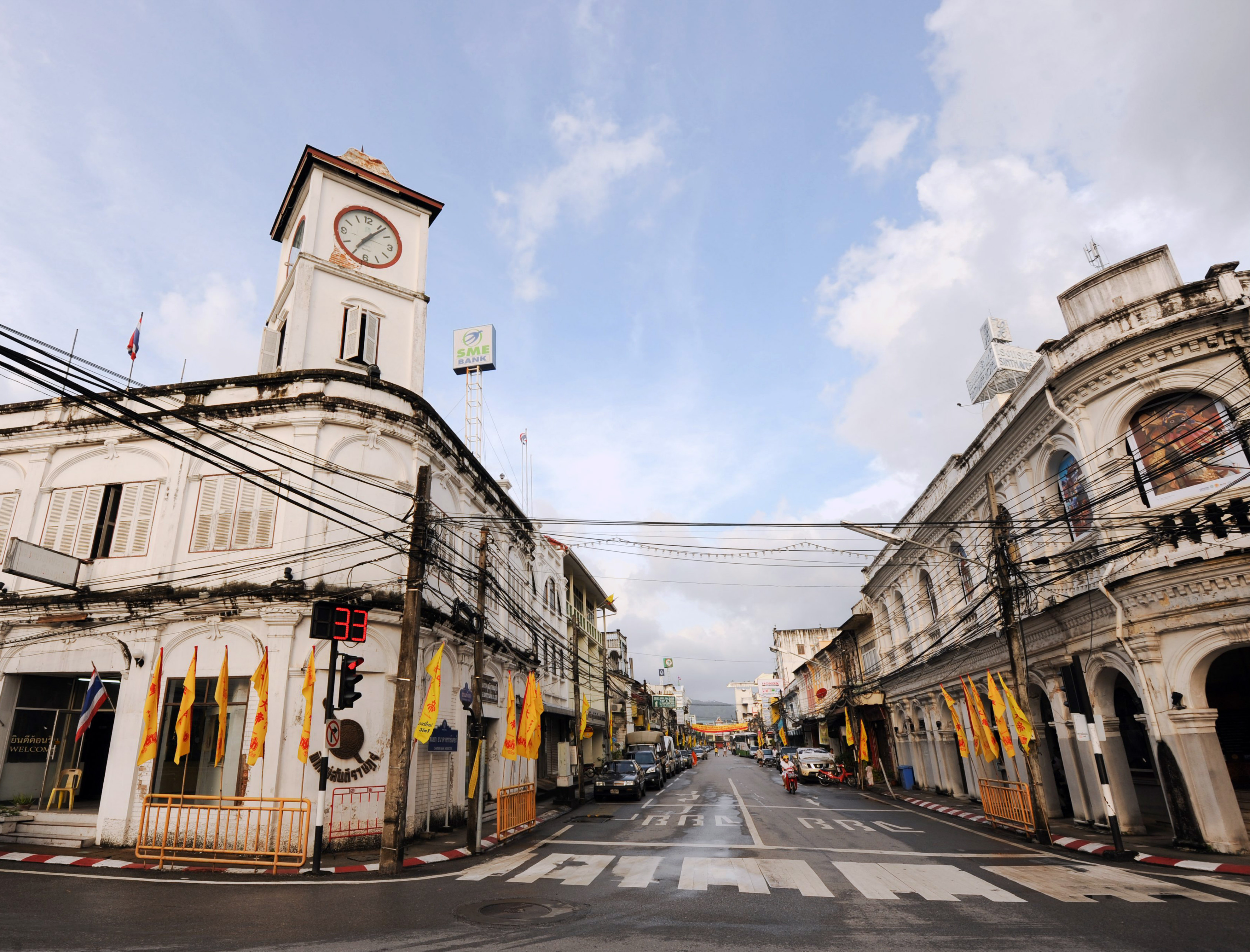
In one of the park benches, I managed to drag myself away from the crowd and rested for awhile marveling at the simplicity of ordinary life as it wrestles with the complexity of an ever-changing society.
Street hawkers selling quick-fix food, imitation sunglasses and selfie sticks, teenagers exchanging infectious laughs while flaunting newly acquired English words, cats lazily dangling their tails on a tin roof, thai pop songs played in full blast coming out from a nearby window, motorcycles crisscrossing the streets and drunk-tattooed tourists cramped inside passing tuk-tuks. Admittedly, the longer you stay on the island and become exposed to the chaos, you get desensitized to it and surprisingly, everything becomes more palatable.
It is also true that Phuket’s cultural grassroots have been slowly eroding as it is becoming more westernized in some ways or another. Yet if there’s one thing that’s worth note taking, is how Phuket and its inhabitants quickly rebounded from the Boxing Day tsunami that swept the island in 2004’s Indian Ocean Earthquake.
Resiliency has always been the Thai’s strongest quality. Within a short period of time, several highly populated neighborhoods have been reinvigorated especially the major beaches on the west coast like Kamala, Kata and Patong. The island’s attempt at rebuilding itself hasn’t stopped since. Locals rarely speak of it wistfully, as though the incident only existed in the imagination.
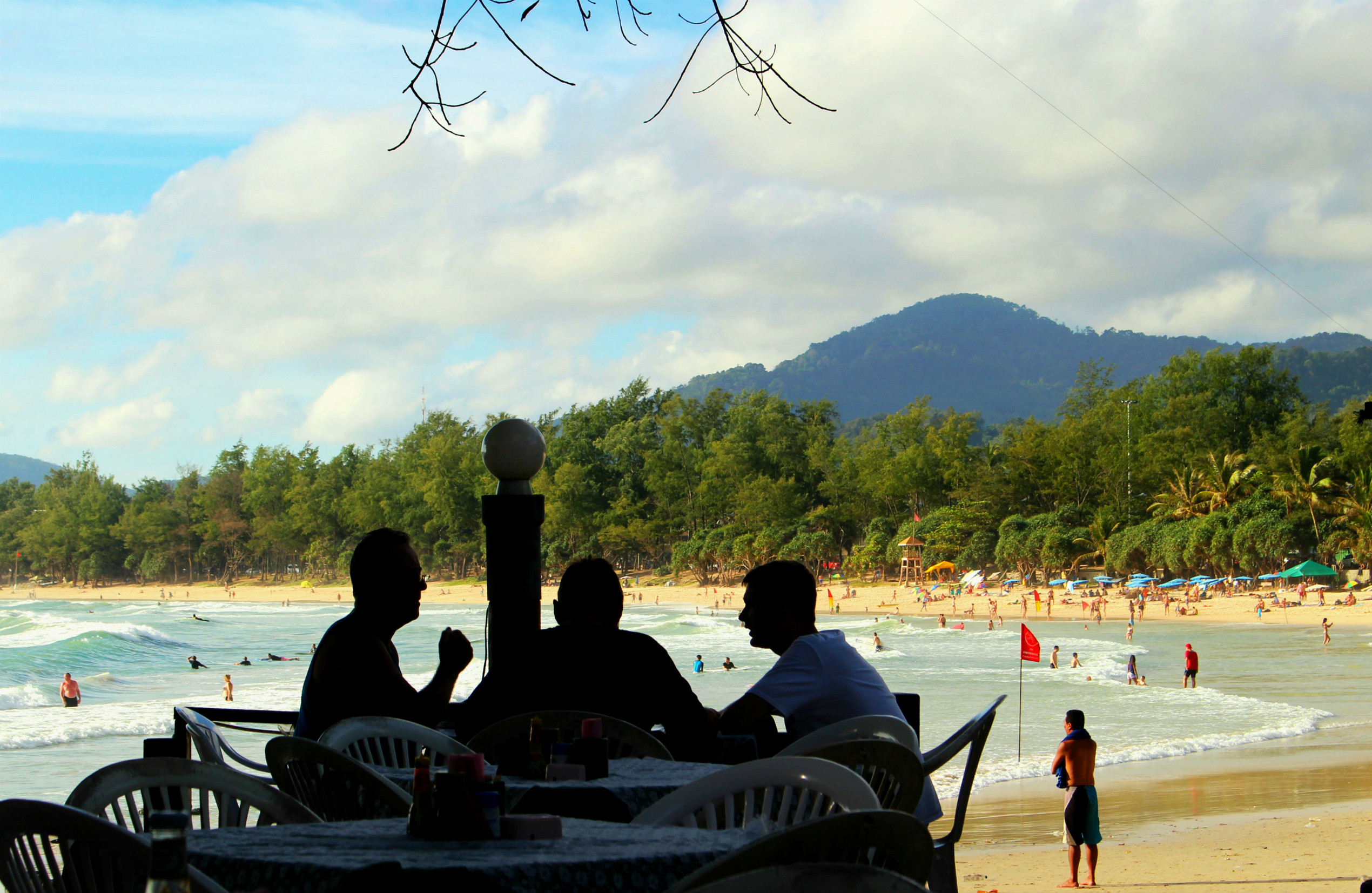
Dawn came fast during my last day on the island. Catching an early morning flight back to Kuala Lumpur, we drove to the airport passing rows of rice paddies punctuated by coconut trees. Leaving the countryside behind, I thought about the hidden enclave in Surin, the village atmosphere that I have grown to love as well as the sauntering dogs and cows I have encountered. I cringed at the images of new constructions, condos and establishments gradually taking form just a few blocks away. News has it that developers now have their hot eyes on this quieter side of the island.
After asking how my stay was, the driver passed me a bottled water and went on to say “You can do almost anything here! Phuket is for everybody!” I thanked him for his kind gesture, gulped the drink and smiled at him while thinking about the island’s future. From the front windows, we watched the sunrise unfold into day. The blinding rays smeared the windshields of the car, leaving a lingering afterimage that hovers on the surface of one’s visual retina and in a quick fleeting moment you see the island glowing in the sun.
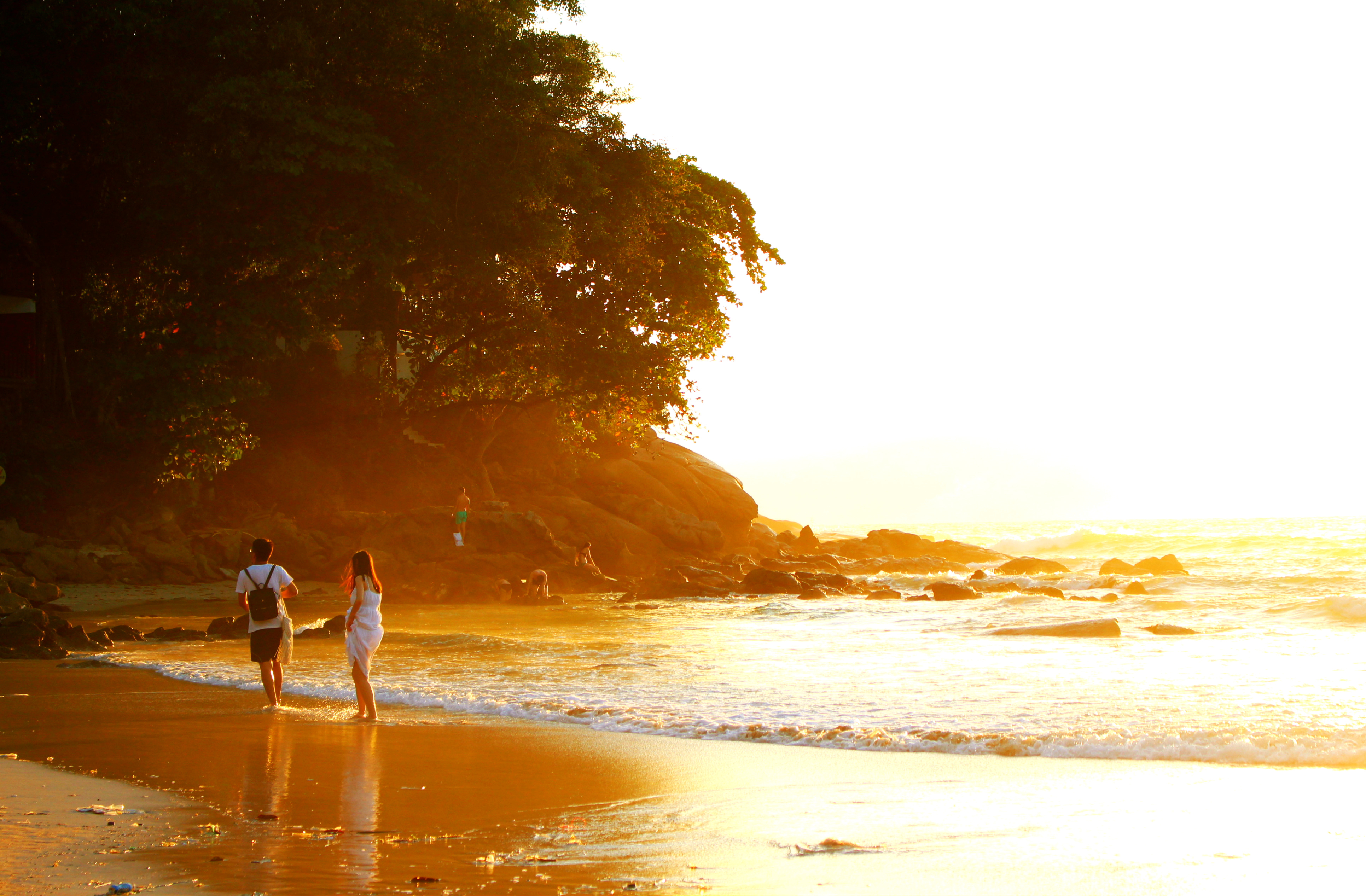
"ExpatGo welcomes and encourages comments, input, and divergent opinions. However, we kindly request that you use suitable language in your comments, and refrain from any sort of personal attack, hate speech, or disparaging rhetoric. Comments not in line with this are subject to removal from the site. "



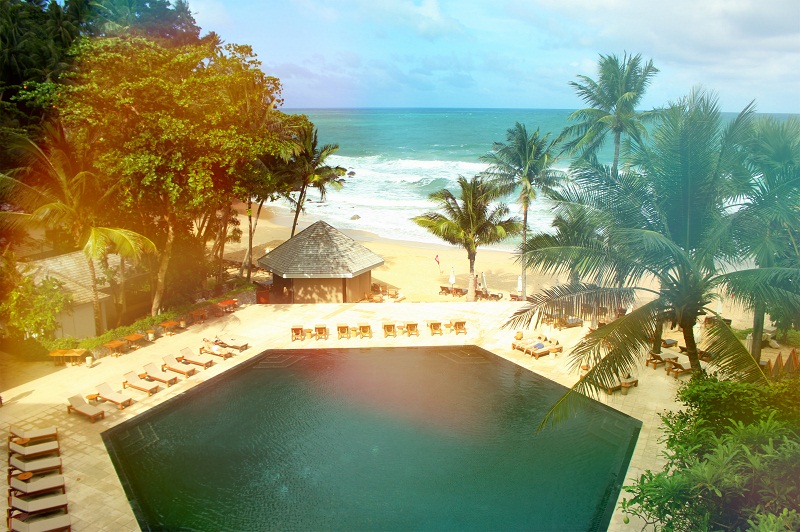
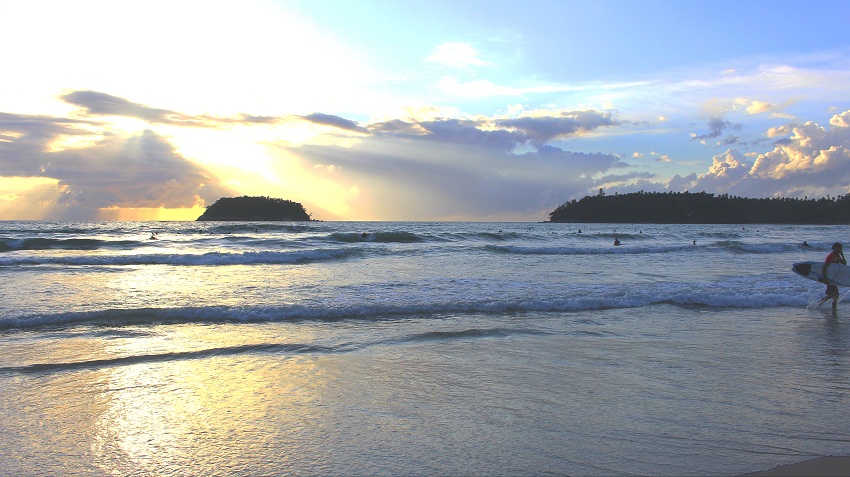














Diren Ashok Khandhar comeeee
Hisham Bosh Said Hisham Hassan
Akmal Hani Hashim Abdullah bucketlist
Phuket ke ni wak
Ye.. nak kene surf dl
Nor Azura…Shikin Chakmiby..kena pi pula la…Cik ByNun…jom
Stacey Lynn Kenney
Merci!!’
Maren M Hill Musa Abdul-Basser please go here if time permits.
Thanks Erna Maricar This is right up my alley! Quiet and beautiful. We will definitely go!